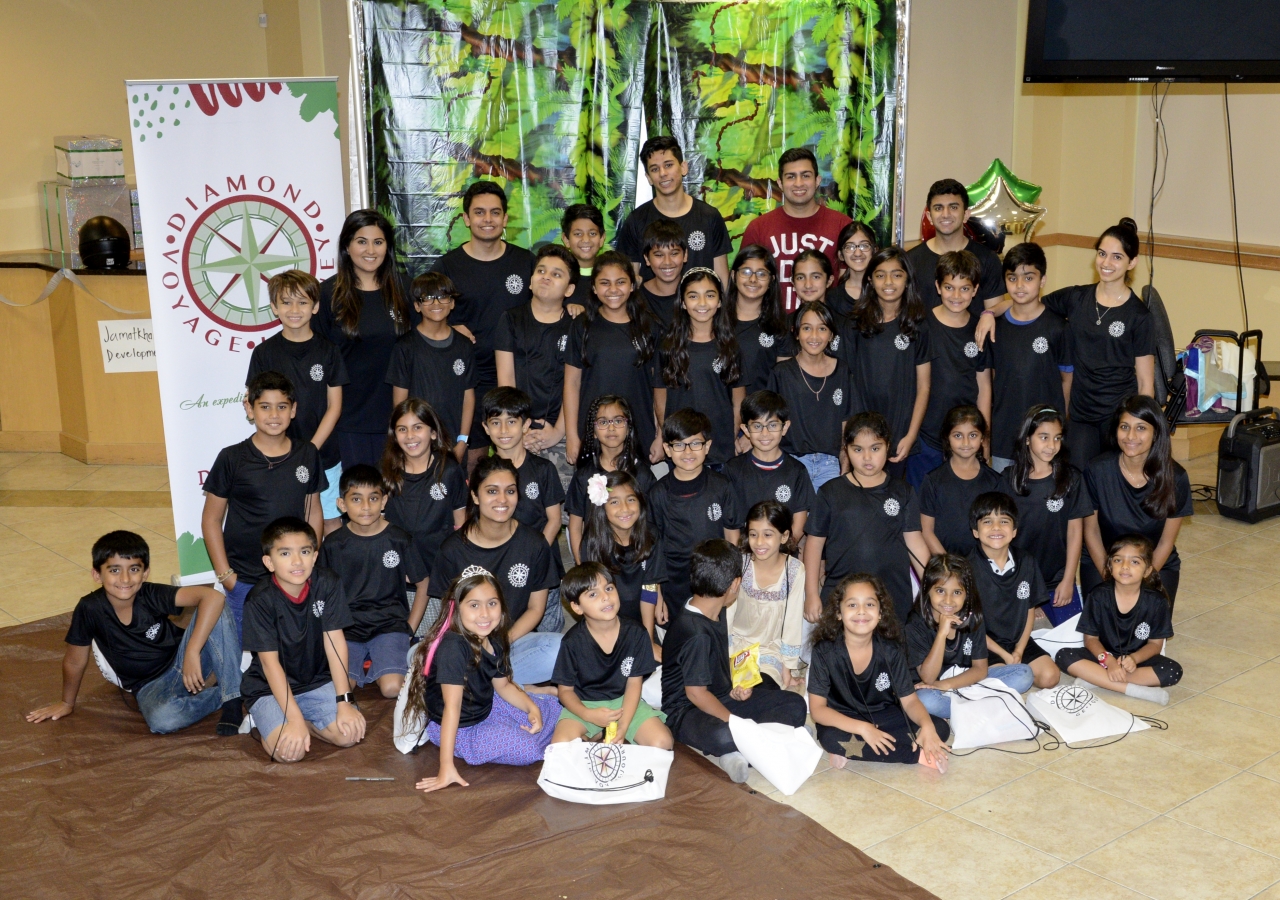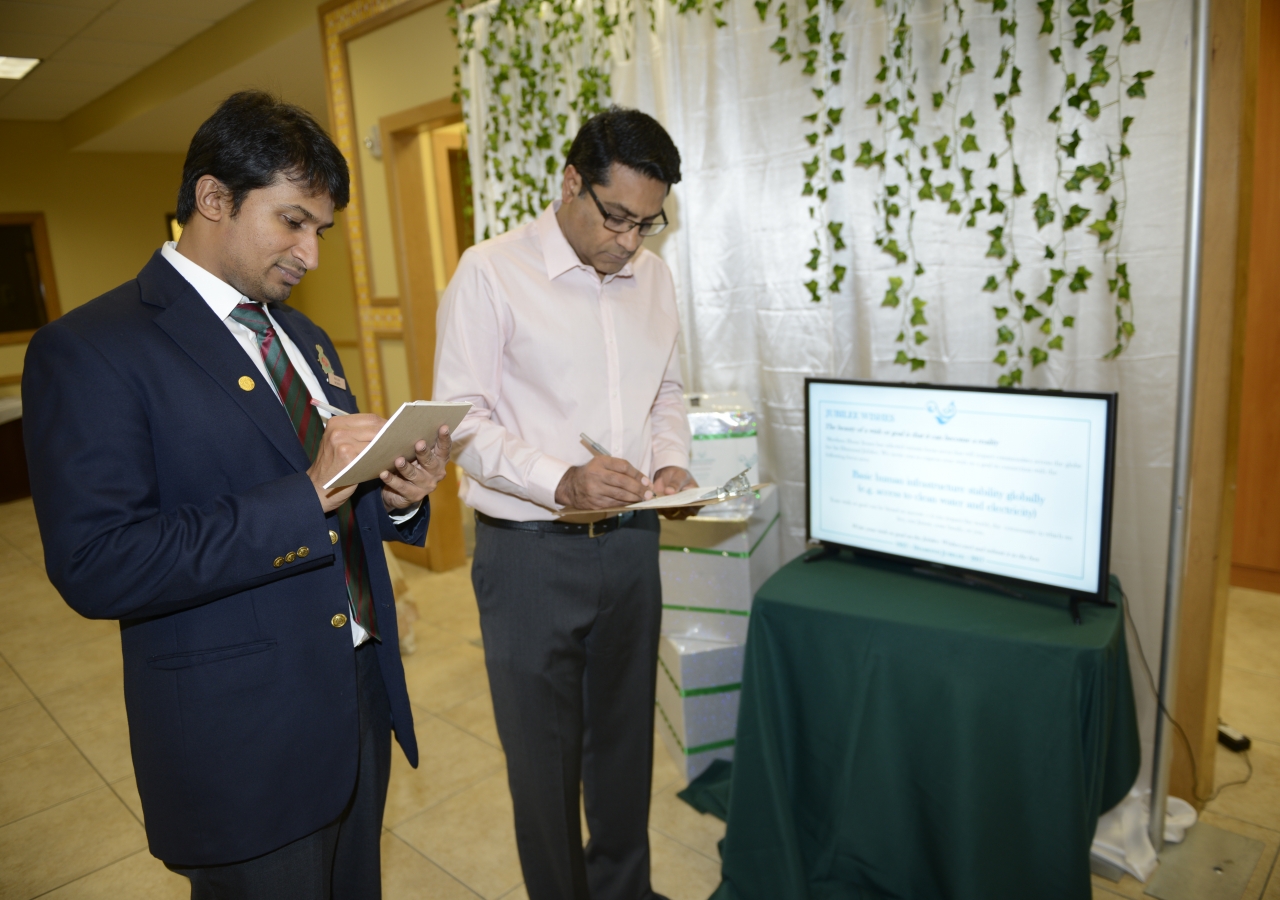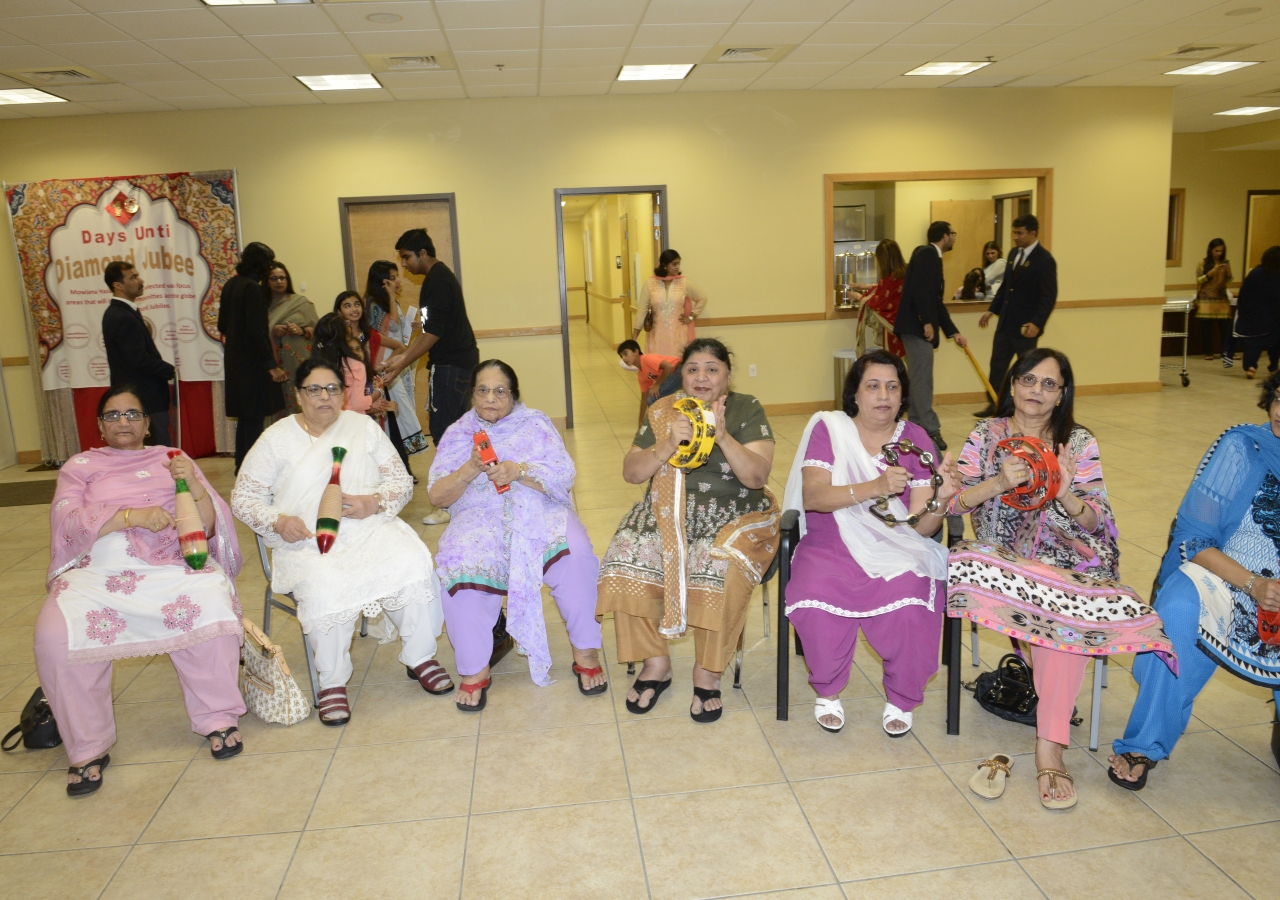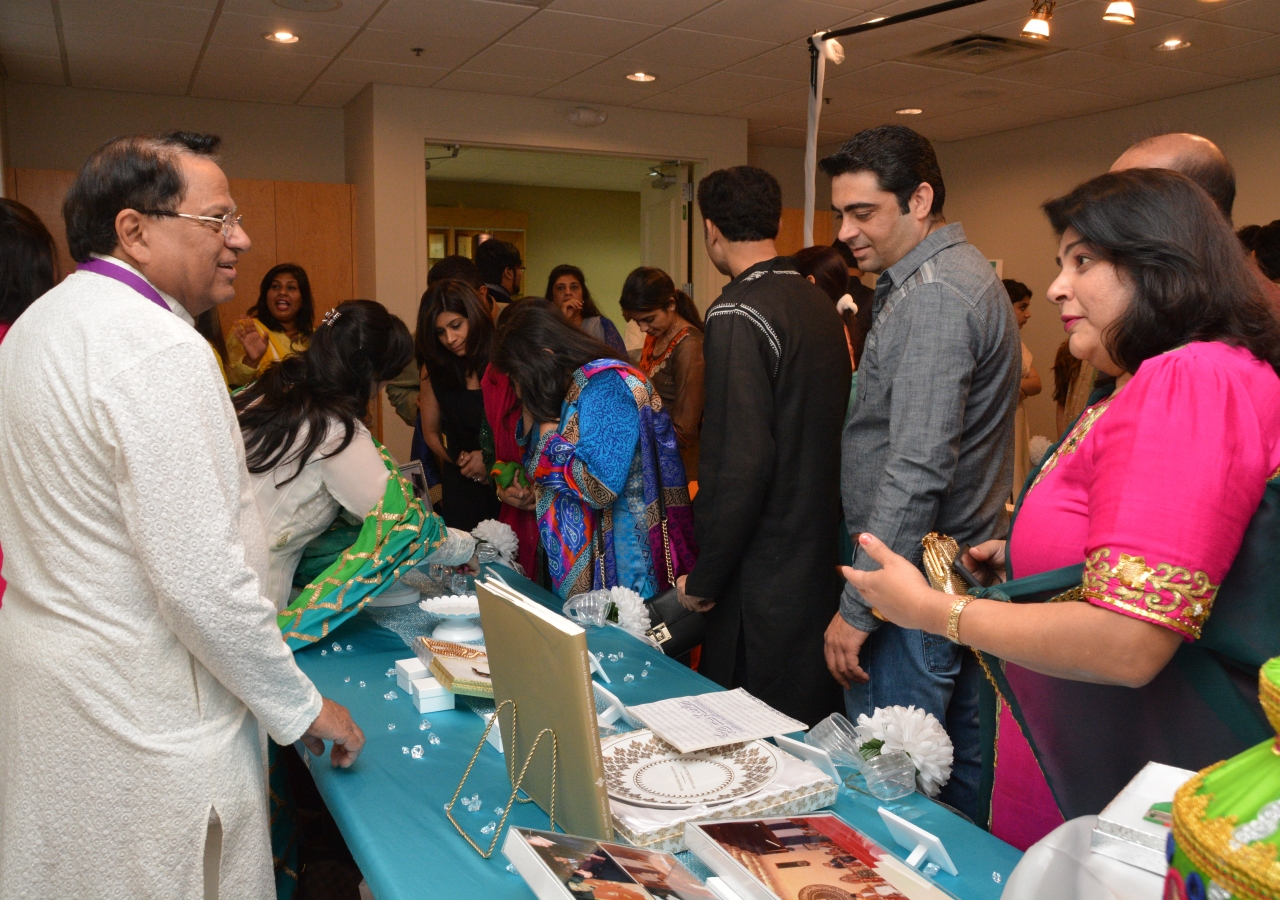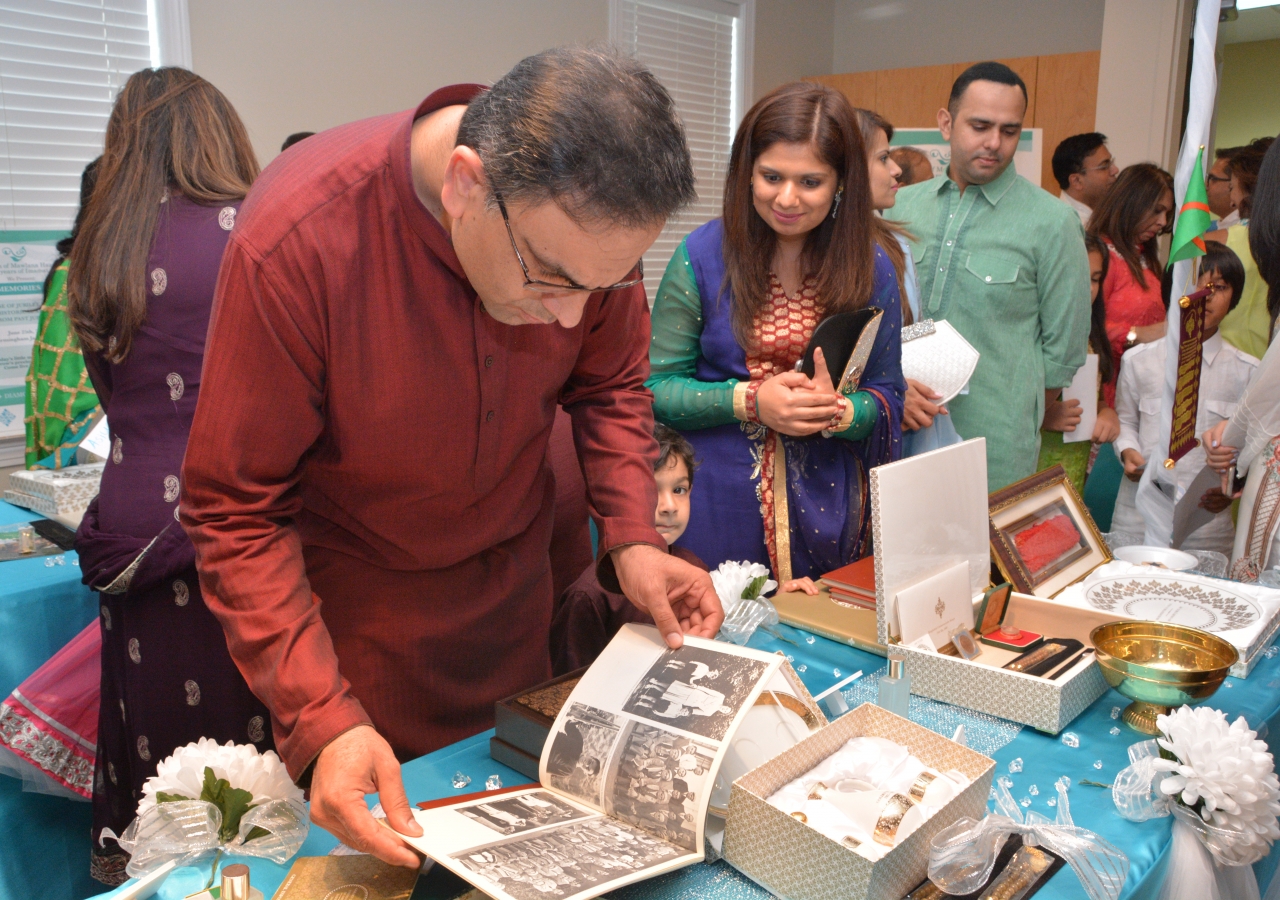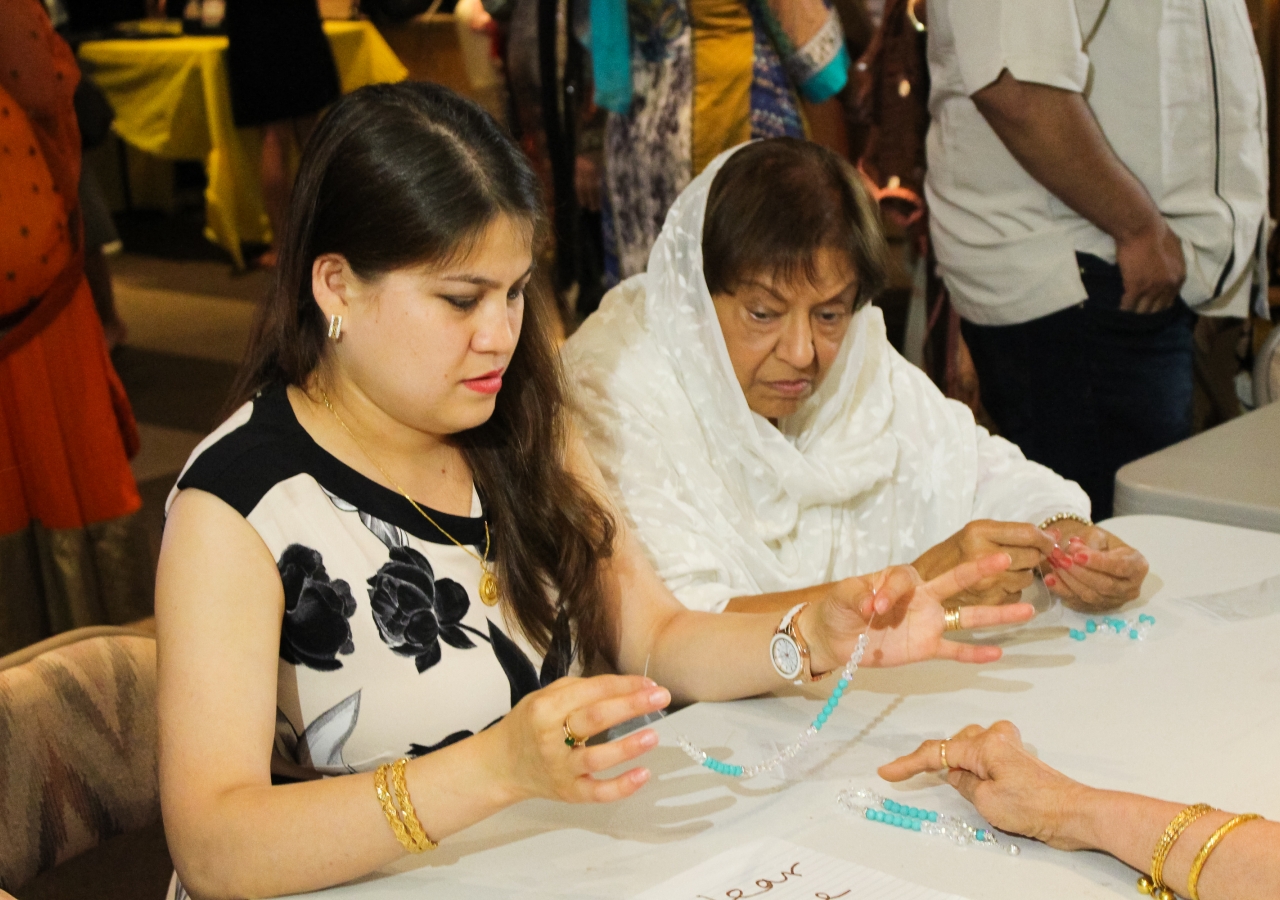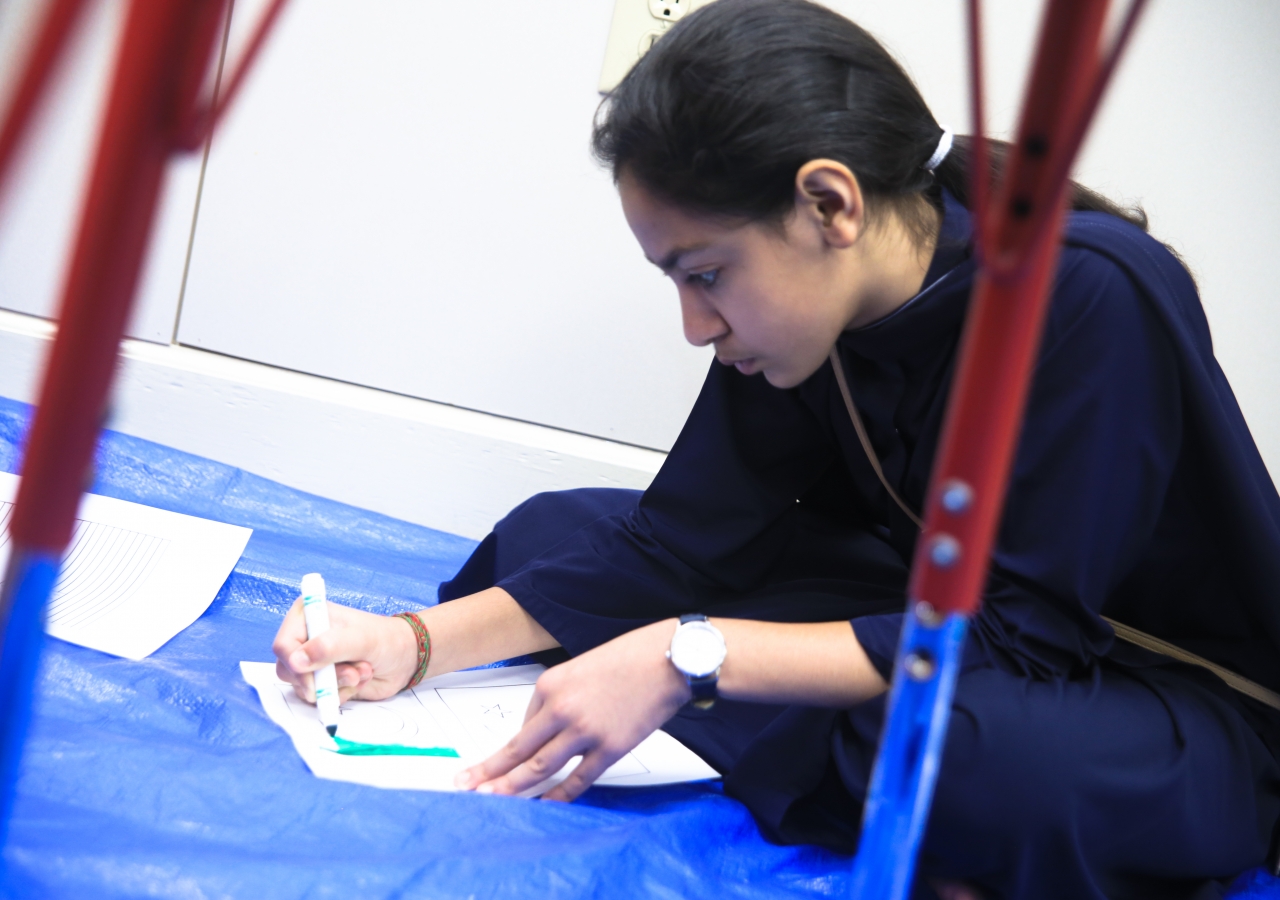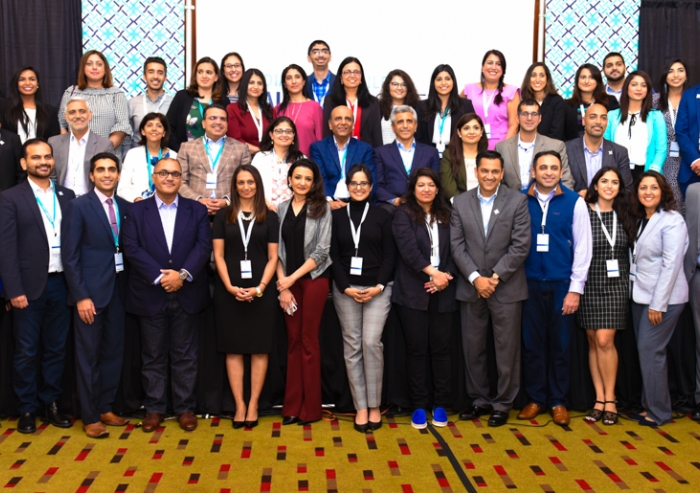In the United States, nine regional celebrations will take place in various parts of the country. In anticipation of commemorating his Diamond Jubilee, Ismaili Muslims around the world are expressing their joy and gratitude through a set of coordinated events in their local Jamatkhanas. These local activities serve several purposes for the Jamat. They offer a chance for the Jamat to celebrate the Imam’s Diamond Jubilee while embodying the diversity of the world’s Ismaili Muslims, and heighten the anticipation ahead of Imamat Day, when the Jamat will participate in regional celebrations.
In order to highlight the diverse cultures and traditions that make up the Ismaili Jamat in America, the One Jamat Celebration Dance was created. Jamati members, from youth to seniors and men to women, have gathered several times per week to learn the dance together. The musical score that accompanies the One Jamat Celebration Dance incorporates traditional folk music from the countries of India, Pakistan, Afghanistan, Tajikistan, Syria, Iran, Africa, and America, reflecting the great musical traditions of the many cultures that make up the American Jamat. It’s been good for the heart and soul.
“There have been smiles, shared laughter, and many calories burned as people have come together to dance these steps,” Salima Ali, Northeast regional lead, said.
Over the past few months, Jamati members have expressed their aspirations for the upcoming year through “Jubilee Wishes.” This activity calls upon members to think critically about their personal lives and the greater collective quality of life of the Jamat, and come up with “wishes” in an effort to create positive change in these lives. The aim is to create a spark of inspiration in the minds of Jamati members, and enable them to realize what they can do for their Jamat. These wishes will be represented in banners carried by the Student Mandli Mukhi Kamadia sahebans of each Jamatkhana during the Opening Ceremony Parade on July 11. In this way, each center is uniquely represented, while simultaneously coexisting with the other Jamats in the given region.
In “Jubilee Memories,” Jamati members were asked to display their personal memorabilia from past Jubilees and share the stories behind them. Jamati members unearthed various photographs, tasbihs, and ceremonial objects, that allowed the community to reminisce past celebrations and connect on an emotional level. Not only did this serve as an opportunity for the Jamat to bond, but it served an educational purpose, because Jamati members were able to gain a deeper understanding about the unique experiences of their fellow Ismaili brothers and sisters.
In an effort to engage the Jamat artistically, six sculptures were designed, and Jamati members were asked to contribute to their creation as part of the Jubilee Mosaic program. These sculptures, which consist of Arabic terms that are of great significance to Ismailism, will be displayed on pedestals at the various regional July 11th celebrations. Jamati members are given a prompt, and asked to utilize the unique responses that come to their mind in decorating 3” x 3” plates. By encouraging individual expression, this project celebrates the Jamat’s artistic diversity and requires that the various instances of artistic expression co-exist and build to a larger creation.
“All of the activities brought our Jamat together in a way that I have never seen before,” said Simin Shamji O'Brien, of Alameda Jamatkhana. “There was excitement, happiness, love and anticipation for this historic and extremely meaningful occasion. I feel blessed.”

